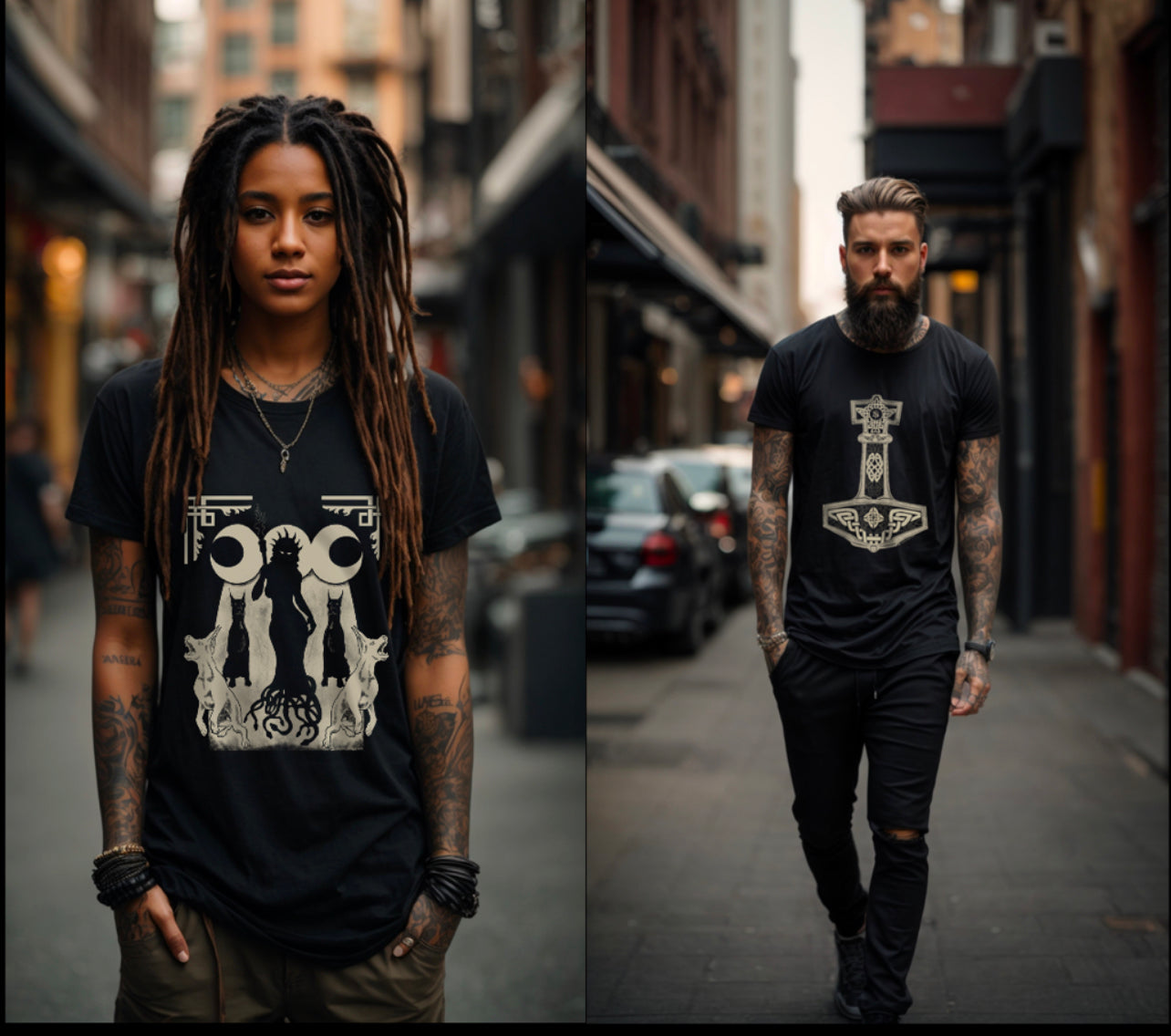The Enigmatic Ravens of Odin: Huginn and Muninn
In the rich tapestry of Norse mythology, few creatures are as fascinating and significant as Huginn and Muninn, the two ravens that accompany the Allfather, Odin. These birds are not just mere companions but carry profound meanings and symbolism, embodying the Norse understanding of knowledge, thought, and memory. Let’s delve into their enigmatic world and unravel the mysteries surrounding them.
Who Are Huginn and Muninn?
Huginn and Muninn are two ravens who serve Odin, the chief of the Aesir gods in Norse mythology. Their names carry deep significance, reflecting their essential roles. Huginn translates to “thought,” while Muninn means “memory” or “mind.” Every day, these ravens fly across the realms, gathering information and bringing it back to Odin, who relies on their keen insights to stay informed about the happenings in the world.
What Do Huginn and Muninn Represent?
Huginn and Muninn symbolize two critical aspects of human consciousness: thought and memory. Huginn, as thought, represents the dynamic, ever-changing process of cognition, while Muninn, as memory, embodies the preservation of knowledge and past experiences. Together, they signify the balance and interplay between thinking and remembering, suggesting that both are essential for wisdom and understanding.
How to Pronounce Huginn and Muninn
The pronunciation of these Old Norse names might seem tricky at first glance. “Huginn” is pronounced as “HOO-gin,” with a hard “g.” “Muninn” is pronounced “MOO-nin,” where the “n” sound is softened. Understanding these pronunciations helps in appreciating the phonetic beauty of the Norse language and the poetry in which these names often appear.
Runes for Huginn and Muninn
In Norse culture, runes were more than just an alphabet; they were symbols of power and magic. The runes for Huginn and Muninn can be derived from the Younger Futhark, the runic alphabet used during the Viking Age. Huginn can be represented by the runes ᚺ (Haglaz) and ᚢ (Uruz), while Muninn is represented by ᛗ (Mannaz) and ᚾ (Naudiz). These runes encapsulate the essence of thought and memory, carrying the mystique and ancient wisdom of the Norsemen.
Huginn and Muninn Symbols
The symbols of Huginn and Muninn often appear in various forms of Norse art and culture. They are usually depicted as two ravens perched on Odin’s shoulders or flying above him. These images remind us of their role as the eyes and ears of Odin, watching over the world. The duality of their representation also emphasizes the importance of both thought and memory in achieving a holistic understanding of life and the universe.
Conclusion
Huginn and Muninn are more than just mythical birds; they are profound symbols of human consciousness. By understanding what Huginn and Muninn represent, we gain insight into the Norse worldview, where thought and memory are revered as sacred and powerful. Whether depicted in ancient runes or modern symbols, the legacy of Huginn and Muninn continues to inspire and intrigue us, reminding us of the eternal quest for knowledge and wisdom.
Heathen Collection
Carrion Crows Tshirt
Regular price
From $33.00 USD
Regular price
Sale price
From $33.00 USD
Unit price
per

Share your passion for Heathenism everywhere you go and join the Horde today!

